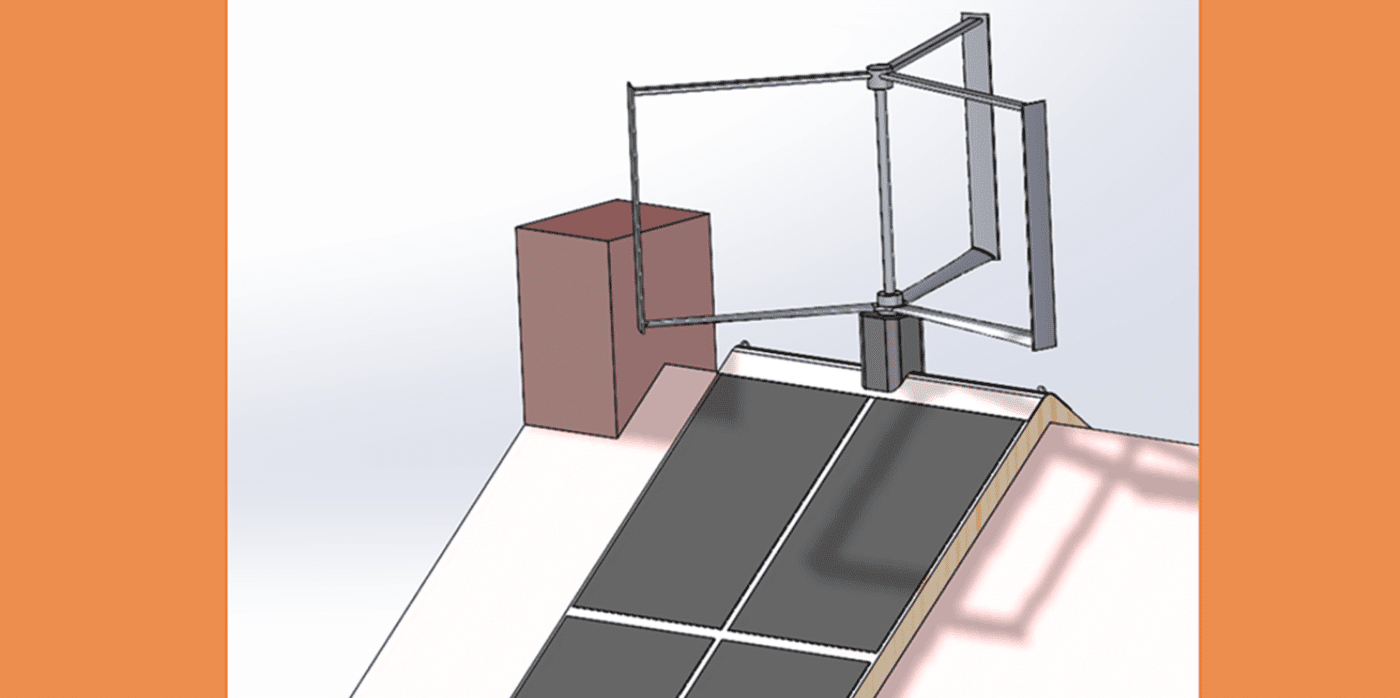An eye-tracking sleep mask for at-home sleep monitoring
![]()
Spotted: In the United States, 70 per cent of adults report having at least one insufficient sleep per month, with 11 per cent having this problem nightly. With much of our sleep being a mystery to researchers, people often find themselves unsure how to doze off problem-free. Hoping to undercover these mysteries is Washington-based Somalytics with its SomaSleep sleep mask. The revolutionary mask uses eye-tracking movement in an in-home environment to detect what hurdles block someone from better sleep.
Eye movements happen at every sleep stage, but they can be interrupted by stress, injury, disease, medications, and alcohol, resulting in tiredness. SomaSleep can track and classify all eye movements in both closed and open eyes, during sleep or whilst awake. The new technology, therefore, enables users to understand their sleep patterns and explain fatigue in ground-breaking ways.
As Barbara Barclay, the CEO of Somalytics, explains: “sleep problems affect the lives of billions of people, and understanding the quality of sleep is at the heart of the solution. REM (Rapid Eye Movement) is critical for learning and memory (…) until now, the only option to track REM was through sleep centres, where data is typically manually interpreted. With SomaSleep, we are enabling consumers to track all stages of sleep, including REM, in the comfort of and privacy of their own home through a lightweight, easy to use sleep mask.”
By December 2023, SomaSleep is expected to be available for consumer purchase for $199 (around €183).
Springwise has previously spotted other innovations aimed at bettering our sleep, including an app that helps you fall asleep, and a technology that makes beds automatically adjust to provide users with an optimal night’s sleep.
Written By: Georgia King

